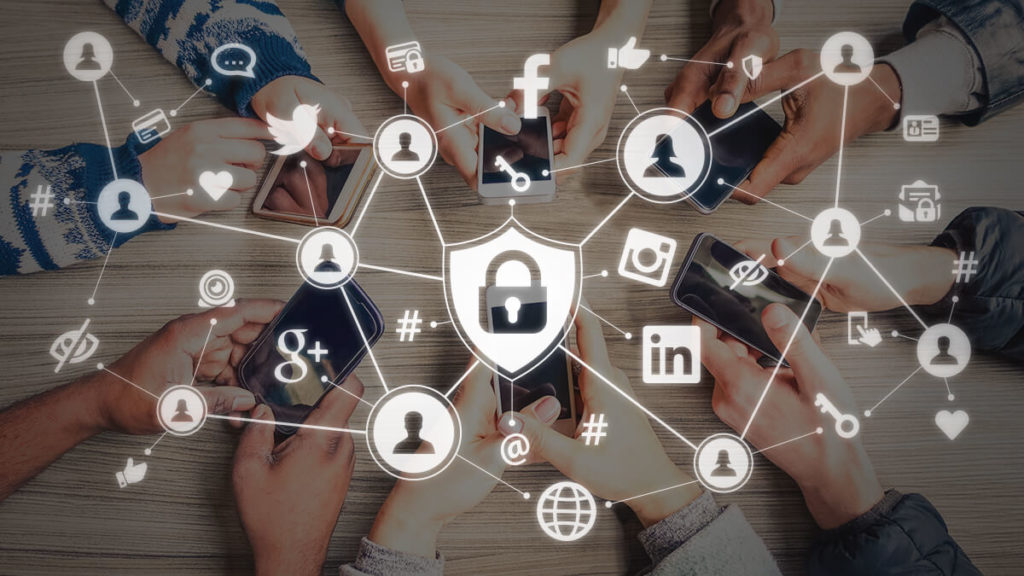By 2025, war in no way resemble what it was a decade ago. It is not only confined to fighting just with tanks and troops, but with X, Facebook, TikTok, and targeted code and bots. From Gaza to Ukraine, from Pakistan to Iran, between the conflicted borders of South Asia and beyond, modern warfare takes place just as much on screens as on the streets. In the digital age, fake news travels faster than missiles and cyberattacks bring cities to a standstill without a single bomb being dropped. Whether through viral misinformation or invisible, dangerous cyberattacks, the new and modern weapons of war are fueled by data, deception, and dopamine, designed systematically for a huge psychological impact and global reach.
In the era of pixels and proxies, warfare is forever transformed. Today, the frontline is abstract, reaching into the screens we swipe and the content we consume on our phones or laptops. Where once life-and-death battles were won with arms and guns, today they are waged with narratives. Some of them are grounded in truth, and many stretched beyond it. In this age of clicks, clout, and conflict, you might say fake news and cyber warfare wield the same power as bombs and bullets. They influence public perceptions, impact public opinion, and most recently have triggered or fuelled violence in the real world.
Being an academician and student of media and communication studies, I remember how we used to discuss about cultivated reality through television screens for heavy and light viewers under cultivation theory but now this cultivated narrative through social media and digital devices can contaminate democratic discourse and justify state aggression with shocking ease more quickly. What we see at our socials is the truth to us, and when it is manipulated, the consequences can spill across borders.
In the meantime, one of the most visible symbols of how cyber warfare and fake news have become a central form of modern strategy is the war between Pakistan and India in May 2025. Experts and analysts called it as ‘Operation Social Media’, ‘Deliberate Informational Warfare’, and ‘The battle of Perceptions’ where memes can replace missiles, and shaping public opinion through false narrative is the ultimate victory. Despite massive propaganda and fake news, the Pakistan armed forces played a decisive role in countering and defeating all the Indian advances in the Pakistan-India war. Their strategic coherence and resilience emerged as a source of national pride and many experts and commentators called them a turning point in the modern history of South Asian warfare but if we recall, what started as scattered posts on social media platforms like X, Facebook, WhatsApp forwarded messages and other social media platforms quickly built the false narrative of India’s military strength, conveyed as ‘breaking news’ or ‘exclusives’ on the country’s major news programs. Following these social media posts and news reports, India had at various points shot down multiple Pakistani jets, taken a Pakistani pilot and Karachi port as prisoners of war, and occupied the Pakistani city of Lahore. Another misleading claim was that Pakistan’s powerful military chief had been arrested and a coup had occurred. ‘Tomorrow we will eat breakfast in Rawalpindi,’ was a popular post, widely shared during the hostilities. Rawalpindi is home to Pakistan’s military. So, taking over this city was a fake news story to increase the magnitude of psychological defeat. Some of those fake news and false claims were backed by AI-generated videos of explosions and collapsed buildings, and missiles being shot down from the sky. According to both local and foreign news reports, fake news and disinformation were also widely circulated on social media in Pakistan, such as the arrest of an Indian female pilot who refused to take tea for breakfast. The Pakistani government removed a ban on X just before the confrontation erupted, and researchers discovered it rapidly became a source of misinformation, but not on the same level as in India. International Media, fact-checkers, activists, analysts, and military and defence experts analysed that the war of fake narratives, hate speech, and emotionally manipulative discourse between these two historical rivals took place online. People on both sides found themselves trapped in the flood of fear and patriotic excitement, mostly fuelled by lies created in the digital world.
In the meantime, another most visible example of how digital weaponisation and cyber warfare have become one of the powerful modern strategies to defeat rivals is the escalation between Iran and Israel. In addition to rising military tensions and bombings between these two states, June 2025 also marked as a boiling point for cyberwar where firewalls replaced frontlines, weaponised codes and bots ousted conventional arms, and influence campaigns played out on a digital battlefield. Israeli-linked hackers, most prominently the group Predatory Sparrow, conducted one of the most destructive cyber offensives to date. They blocked the Iranian financial system, hacked into Bank Sepah’s networks, and stole millions from digital currency exchanges such as Nobitex. In vengeance, Iran’s cyber units conducted phishing campaigns and disinformation attacks aimed at Israeli civilians, including fake SMS text messages warning of fuel shortages and chemical attacks. These cyber operations were not just technical; they were psychological as well. They tried to strike terror, spread confusion, and shatter confidence in the public on both sides.
Provided by SyndiGate Media Inc. (
Syndigate.info
).













